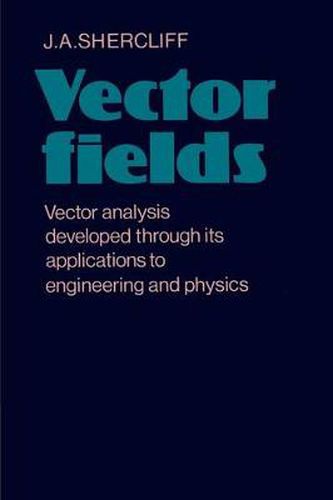Readings Newsletter
Become a Readings Member to make your shopping experience even easier.
Sign in or sign up for free!
You’re not far away from qualifying for FREE standard shipping within Australia
You’ve qualified for FREE standard shipping within Australia
The cart is loading…






A field is a distribution in space of physical quantities of obvious significance, such as pressure, velocity, or electromagnetic influence. This 1977 book was written for any reader who would not be content with a purely mathematical approach to the handling of fields. In letting the mathematical concepts invent themselves out of the need to describe the physical world quantitatively, Professor Shercliff shows how the same mathematical ideas may be used in a wide range of apparently different contexts including electromagnetism, fluid dynamics, nuclear reactor criticality, plasma oscillations and rotational flow. Mathematical methods are explored only far enough to give the interested reader a glimpse of activities that lie beyond, yet the unifying approach to increasingly powerful, generalised ideas at a level not reached in many books on vector analysis at the time. Special features of the book are a wealth of examples of physical interest, and a thorough appendix.
$9.00 standard shipping within Australia
FREE standard shipping within Australia for orders over $100.00
Express & International shipping calculated at checkout
A field is a distribution in space of physical quantities of obvious significance, such as pressure, velocity, or electromagnetic influence. This 1977 book was written for any reader who would not be content with a purely mathematical approach to the handling of fields. In letting the mathematical concepts invent themselves out of the need to describe the physical world quantitatively, Professor Shercliff shows how the same mathematical ideas may be used in a wide range of apparently different contexts including electromagnetism, fluid dynamics, nuclear reactor criticality, plasma oscillations and rotational flow. Mathematical methods are explored only far enough to give the interested reader a glimpse of activities that lie beyond, yet the unifying approach to increasingly powerful, generalised ideas at a level not reached in many books on vector analysis at the time. Special features of the book are a wealth of examples of physical interest, and a thorough appendix.